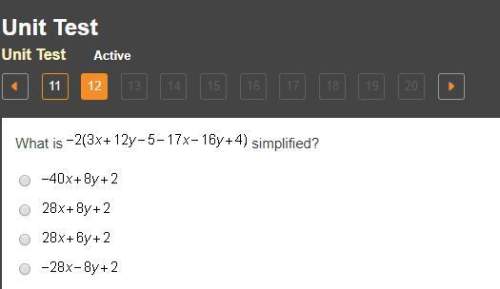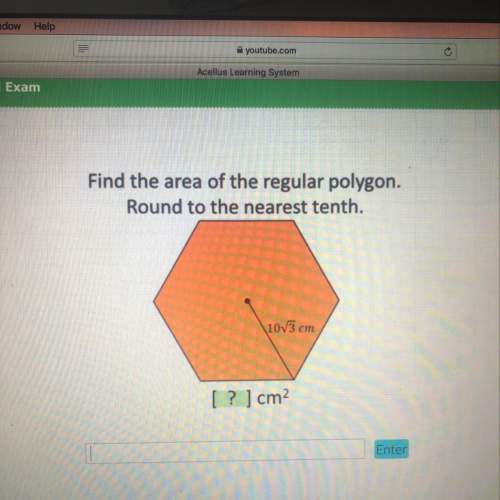
Mathematics, 19.02.2020 01:38 Thiskid100
Determine whether the relation R defined below is reflexive, irreflexive, symmetric, asymmetric, antisymmetric, or transitive. For each property, either explain why R has that property or give an example showing why it does not.
a) Let A = {1, 2, 3, 4} and let R = { (2, 3) }
b) Let A = {1, 2, 3, 4} and let R = { (1, 1), (1, 2), (1, 3), (2, 1), (2, 2), (2, 4), (3, 1), (3, 3), (4, 1), (4, 4) }.

Answers: 1


Other questions on the subject: Mathematics

Mathematics, 21.06.2019 15:40, sheabenitez305
Jonathan pays $1.90 per pound for potatoes. he buys 8.3 pounds of potatoes. he determines that he will pay $15.77, before tax, for the potatoes. which best describes the reasonableness of jonathan’s solution? jonathan’s answer is reasonable because there are two decimal places in the factors and two in the product. jonathan’s answer is unreasonable because there are three decimal places in the factors and two in the product. jonathan’s answer is reasonable because is 16, and 16 is close to 15.77. jonathan’s answer is unreasonable because is 8, and 8 is not very close to 15.77.
Answers: 1


Mathematics, 21.06.2019 20:10, thekid3176
Which value of m will create a system of parallel lines with no solution? y= mx - 6 8x - 4y = 12
Answers: 1
You know the right answer?
Determine whether the relation R defined below is reflexive, irreflexive, symmetric, asymmetric, ant...
Questions in other subjects:

Mathematics, 06.02.2021 23:00


Mathematics, 06.02.2021 23:00

English, 06.02.2021 23:00


Health, 06.02.2021 23:00








